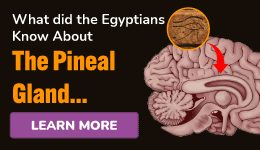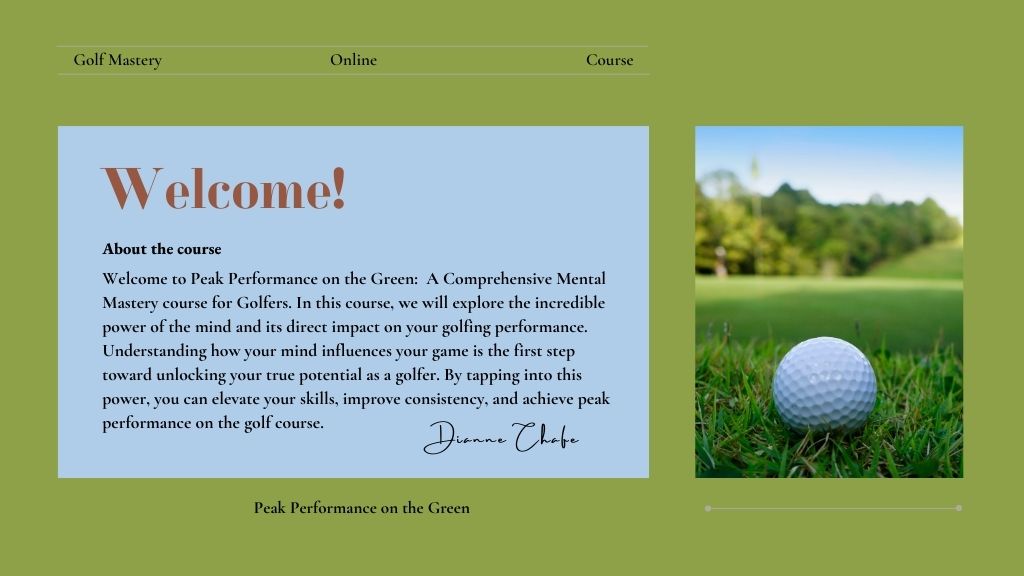Unlocking Your Inner Golf Pro: Can Your Pineal Gland Manifest a Perfect Game?
The quest for the perfect golf game is a journey fraught with bunker shots, three-putts, and the occasional moment of pure, club-slinging frustration. We spend hours on the driving range, meticulously analyze swing mechanics, and invest in the latest equipment, all in pursuit of that elusive perfect round. But what if the secret to unlocking our inner golf pro lies not in external factors, but within the depths of our own minds?
Enter the pineal gland, a tiny, pinecone-shaped structure nestled deep within the brain, often referred to as the “third eye” due to its connection to light sensitivity. While its primary function is to regulate sleep cycles through the production of melatonin, the pineal gland has long been shrouded in mystery and linked to mystical experiences, intuition, and even supernatural abilities.
Could this tiny gland hold the key to unlocking a higher level of golfing prowess? While we can’t promise you’ll be challenging Tiger Woods anytime soon, exploring the connection between the pineal gland and manifestation might just give you the mental edge you need on the green.
The Science of Manifestation and the Pineal Connection:
Manifestation, at its core, is about aligning your thoughts, beliefs, and emotions with your desired outcome. It’s about visualizing your goals so vividly that you begin to attract them into your reality. While this might sound like new-age mumbo jumbo, there’s a growing body of scientific evidence suggesting that our thoughts can indeed influence our reality.
Neuroplasticity, the brain’s ability to rewire itself based on experiences and thoughts, plays a crucial role in this process. When we consistently focus on specific thoughts and feelings, we strengthen the neural pathways associated with them, making those thoughts and feelings more likely to manifest in our actions and experiences.
This is where the pineal gland comes in. Some proponents believe that an active and balanced pineal gland enhances our ability to visualize clearly, tap into our intuition, and maintain a positive emotional state—all crucial elements for successful manifestation.
Activating Your Pineal Golf Guru:
So, how can you activate your pineal gland and harness its power for golfing greatness? While scientific research in this area is still developing, many techniques are believed to stimulate and balance the pineal gland.
- Meditation and Visualization: Regular meditation, particularly focusing on the area between your eyebrows (the location of the pineal gland), is believed to activate the gland and enhance visualization abilities. Imagine yourself sinking that impossible putt, executing the perfect drive, and ultimately, holding that winning trophy. The more vivid and emotionally charged your visualizations, the more powerful the manifestation.
- Sunlight and Darkness: The pineal gland is sensitive to light and plays a crucial role in regulating our sleep-wake cycle. Exposure to sunlight during the day and complete darkness at night can help optimize its function. So, make sure you’re getting your daily dose of sunshine on the course, and invest in blackout curtains for a truly restful sleep.
- Healthy Diet and Detoxification: A diet rich in fresh fruits, vegetables, and antioxidants can support overall brain health, including the pineal gland. Some believe that avoiding fluoride and processed foods, which can accumulate toxins, might also be beneficial.
- Crystals and Sound Healing: While more esoteric, some individuals find that using crystals like amethyst or clear quartz, or engaging in sound healing practices, can help activate and balance their pineal gland. Whether or not these practices hold scientific weight, their ability to promote relaxation and focus could indirectly contribute to a more positive and successful golfing mindset.
Beyond the Mystical: Practical Applications
While the idea of your pineal gland magically manifesting a hole-in-one might seem far-fetched, the underlying principles of visualization, focus, and positive thinking are invaluable tools for any golfer.
By incorporating mindfulness practices into your pre-game routine, visualizing successful shots, and cultivating a positive attitude, you can create a powerful mental environment that fosters confidence and reduces performance anxiety.
The Takeaway: It’s All Connected
The human brain is a complex and powerful organ, and we’re only beginning to scratch the surface of its capabilities. While the pineal gland’s role in manifestation is still a topic of debate, there’s no denying the importance of a healthy mind-body connection in achieving our goals, both on and off the golf course.
So, the next time you’re facing a challenging shot, take a deep breath, visualize the perfect swing, and trust in the power of your own mind. What you can accomplish might surprise you.
Click here to learn more about supplements that are available to help get the most out of the pineal gland.
Disclaimer: This blog post is intended for informational purposes only and should not be construed as medical advice. Consult with a qualified healthcare professional before making any changes to your health regimen.


Leave a Reply